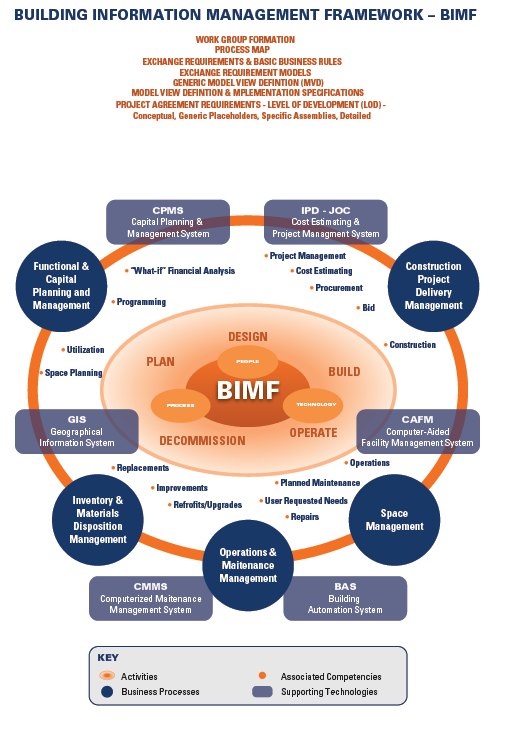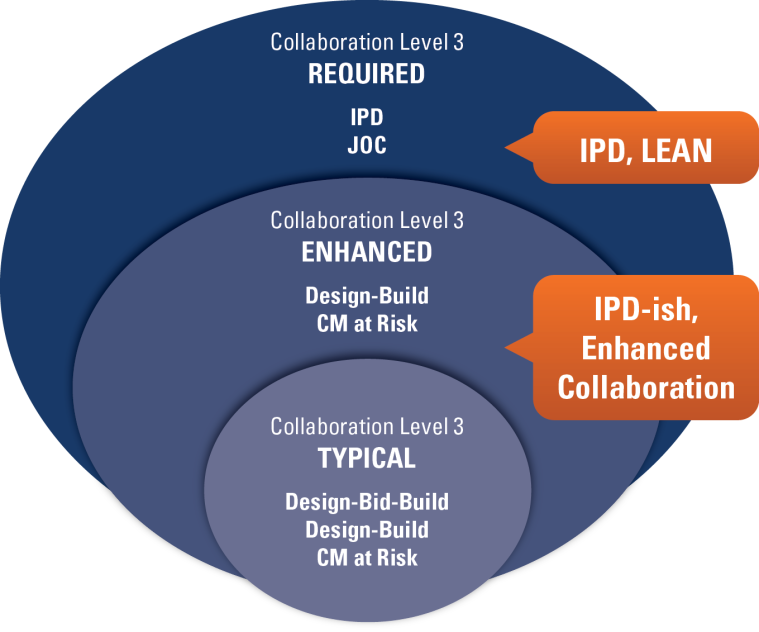In 2013, KPMG interviewed executives from 165 engineering and construction companies around the world, serving a range of markets including energy, power, industrial, healthcare/pharmaceutical, manufacturing, mining, education and government.
Key findings:
1. “66 percent feel that national governments’ infrastructure plans are the single biggest driver of market growth”
2. Slow recovery / growth continuing with “stable or higher margins”
3. “budget deficits and public funding is the biggest barrier to growth”
4. Growth areas: “power and energy top the list by a significant distance, other target sectors include water, rail, mining, and roads and bridges”
5. Standardization is critical to improving “project and risk management”. “Whenever new people start on a project, they bring with them different processes. To spread good practices, contractors can increase their use of… ” cost estimating and …. “project management software and step up training…. consolidate project delivery, and tighten
all leakages as much as possible.”
6. “Become a strategic partner to clients’ businesses By working more closely with clients from all sectors….”
via http://www.4Clicks.com – Premier cost estimating and efficient project delivery software solutions for JOC, SABER, IDIQ, MATOC, SATOC, MACC, POCA, BOA, BOS … featuring an exclusively enhanced 400,000 line item RSMeans Cost Database, visual estimating/automatic quantity take off ( QTO), and collaborative contract/project/document management, all in one application. Our technology is currently serving over 85% of United States Air Force bases and rapidly growing numbers of other DOD and non-DOD (United States Army Corps of Engineers, Army, GSA, Homeland Security, VA..) federal departments/agencies, as well as state/county/local governments, colleges/universities, healthcare, and airports/transportation. RSMeans Strategic Partner.



